5 Lessons From A Nomadic Photographer
I didn't intend to become a travel photographer. In hindsight, perhaps it was obvious, but it wasn't something I originally set out to do.
In March 2007 I turned over the keys to my house and set out to travel around the world for a year. Like many people who travel, I purchased an expensive SLR that I didn't know how to use in the theory that an expensive camera will take better photos.
I was wrong.
After only a few weeks on the road, I quickly realized that my camera wasn't going to take good photos on its own. I was committing all the rookie mistakes: shooting in jpeg, shooting in program mode, not editing my photos and not putting any thought into my images.
Over the next several years I slowly figured out what I was doing by reading blogs and forums, and a whole lot of experimentation. I went through all the stages which most photographers go through, including an HDR phase.
Since I started traveling, my year around the world has turned into eight, with no end in sight. I've been to over 170 countries and territories around the world and all 7 continents. I've done photography underwater, in caves, and from helicopters.
I've shot dog sleds teams in the Canadian Yukon, and sand dunes in the Namib Desert. I've captured holy week in Jerusalem, a Holi Festival in Singapore and New Year's Eve fireworks in Sydney.
My work over the last 8 years was eventually recognized when I was named Travel Photographer of the Year by both the Society of American Travel Writers and the North American Travel Journalists Association.
What I have learned over the last eight years of traveling around the world and growing as a photographer is something which any photographer can benefit from.
Lesson One: Be Brutally Honest With Yourself
You will never improve unless you are honest with yourself about where your photos are at. This doesn't mean simply being hyper critical with your own work, but also recognizing when you've created something good. You also then have to try to distill what made a given photo good or bad, so you can try to replicate those techniques in the future, or at least when circumstances are similar. Simply pressing the shutter button isn't going to improve your craft unless you are pressing it in a conscious manner. Every time you go out you need to be conscious of what you are trying to accomplish and how you are trying to accomplish it.
Lesson Two: You Don't Need A Lot of Gear
I've spent the last eight years traveling around the world with a single camera body, 3 lenses and a tripod. That's it. My camera isn't even a full frame camera, which shocks many photographers. While there are some limits to what I can do because of my gear, there aren't many. Cameras and lenses are technical items designed to solve technical solutions.
Unless there is something you physically cannot do with your current gear, upgrading probably won't do much for you. Technique and being at the right place at the right time will do more than new equipment ever will. When I do need a longer lens or something I can't carry with me, I will just rent it.
Lesson Three: Get Out And Shoot
All the gear and technique in the world won't help you take a great photo of a landscape or an animal if you aren't there. At the end of the day, the great photos are taken by those who are willing to go out of their way to get great photos. Opportunities for great images will not come to you. Photographers tend to obsess about gear and settings and forget that in the end, you have to be in the presence of a great photo opportunity.
Many of the most iconic photographs of the 20th Century are not technically perfect. They are slightly out of focus, overly grainy, or suffer from other problems. What makes them great is that they captured a moment in time which was special, and that couldn't have happened if the photographer wasn't there.
Lesson Four: Make Your Work Public
For over 7 years now, I have posted a daily photo on my website. Over 2,500 consecutive days of making my photos public. Not every one is a home run, but the fact that I know I have to show my photos to the public is a huge incentive to improve and make sure I'm taking quality images. If no one sees what you are doing, you'll never know if you are getting better and it allows you to coast.
Because I travel full time, I never had the benefit of being part of a photography club or other network of other photographers. I was able to get feedback by sharing my images with the public, which in many ways is a much stronger feedback mechanism than even sharing with friends.
Lesson Five: Love Your Subject
I love traveling. I'd travel even if I couldn't carry a camera with me. I know many wildlife photographers who would go and spend time observing wildlife even if they couldn't capture an image. One of my persuasions is photographing UNESCO World Heritage Sites and North American National Parks. Whatever it is you are shooting, if you have a passion for the subject, it will improve your images.
You don't have to travel around the world to improve your photography. The skills I've learned from 8 years on the road can be replicated by anyone with a camera and a passion for photography.
You can see more of Gary’s work at Everything-Everywhere.com, and follow him on Instagram, Facebook, and Twitter.



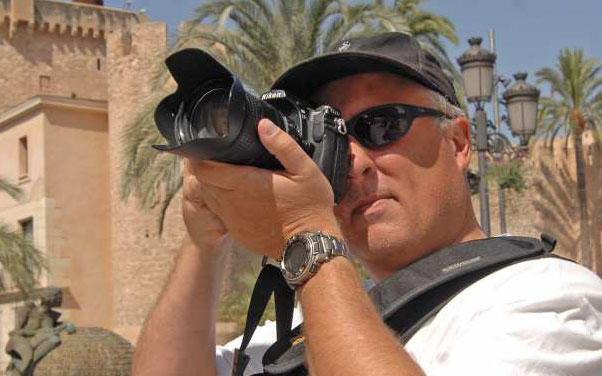
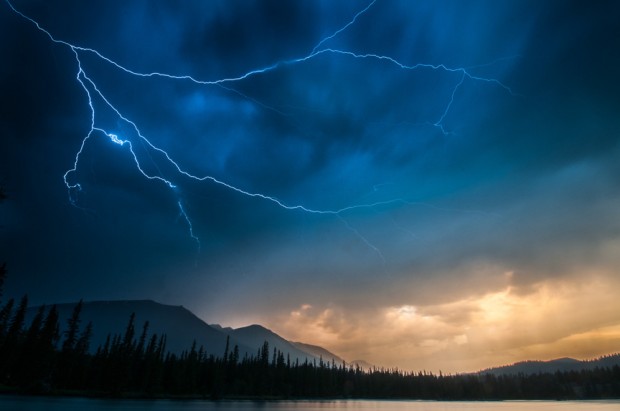
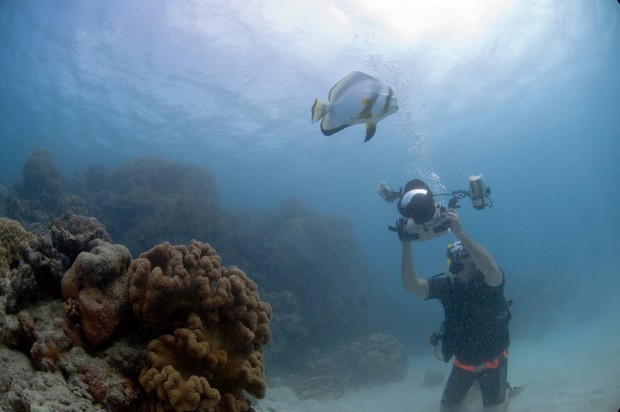
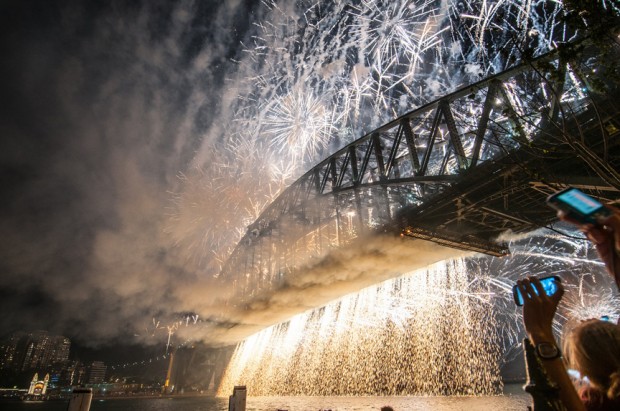
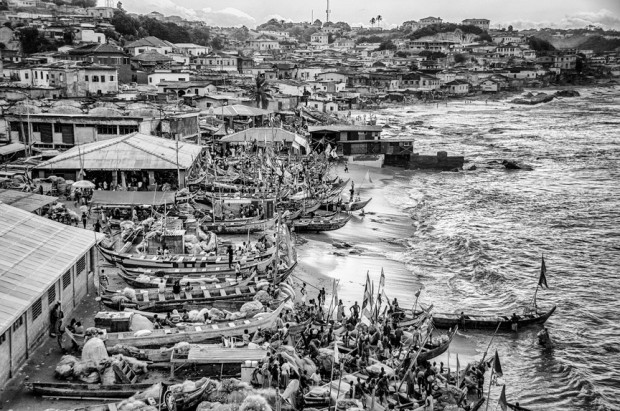
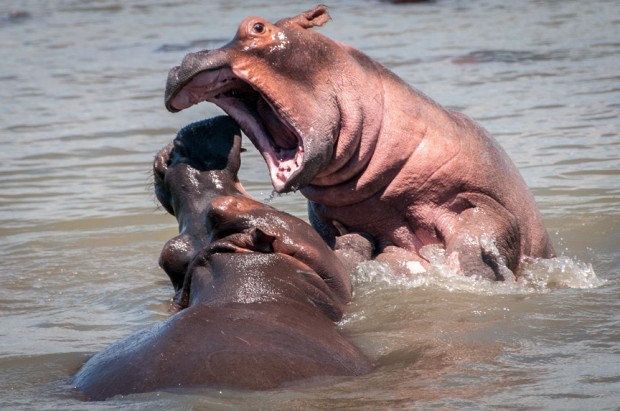
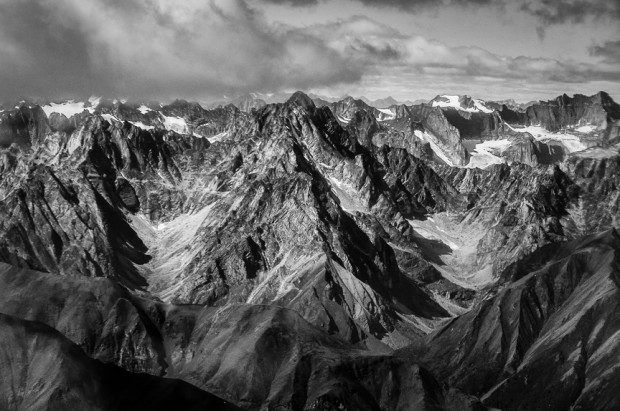
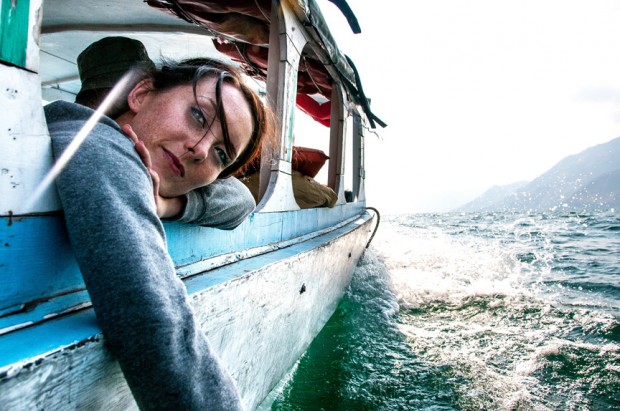
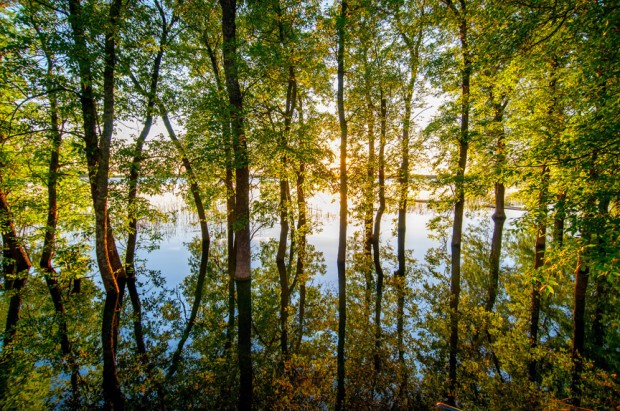
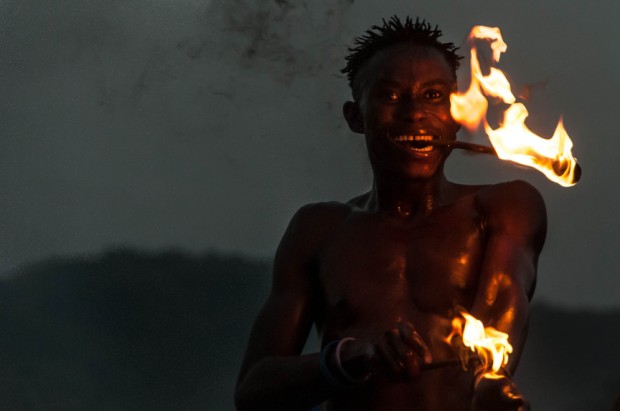
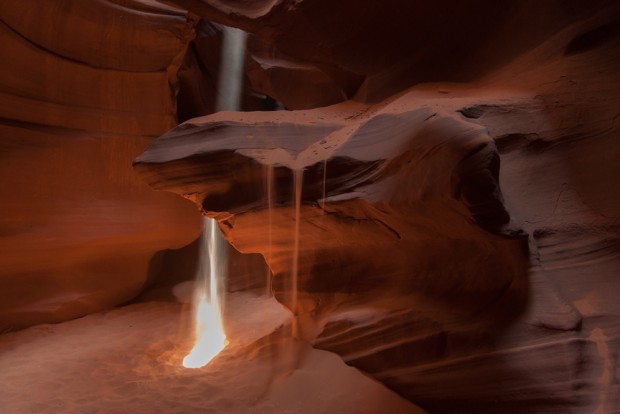
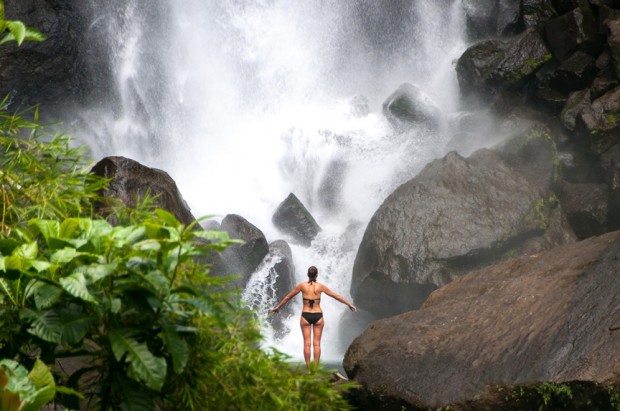
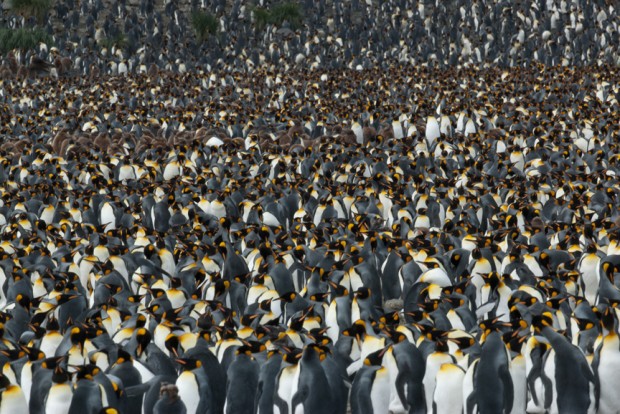
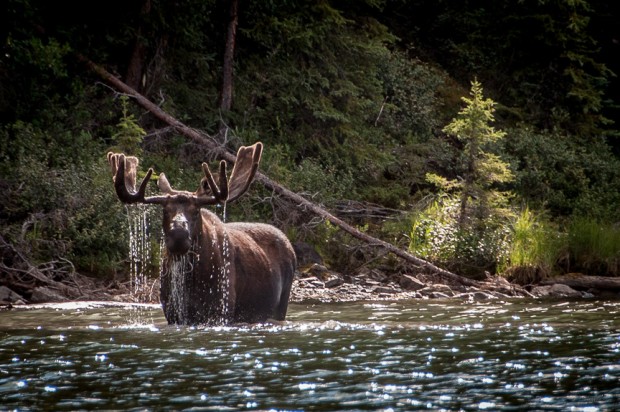
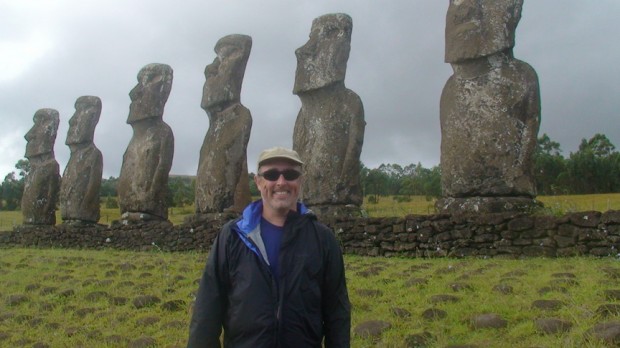
I’d love to know how to make #3 a reality….(without winning the lottery).ðŸ˜ðŸ˜‚
Alexandra, travel can be done much cheaper than most people think. I know many people who travel year round on less than $1,000/month.
I believe that, and I am not usually looking to travel in high style 5 star hotelss etc., but I missed my chance before I had kids because I was dancing professionally, and now is too late…I don’t even have $20 to my name to go to the beach “here” anymore. My “travels” now have resorted to school-home-school-theraphy (4 my son who’s autistic)-school-home…and the dreaded grocery store…I don’t know what I hate more, not being able to go anywhere anymore, or having to buy groceries several times as week, I hate shopping…arghhh…
I think this post is great for those without a family/kids who still have time to take the opportunity to really travel, and I for one encourage that, but finances matter too as not everyone is able to sell their home and take off…it is a nice thought, but realistically few can put that in practice.
I love your photos though, and the fact that you “were” able to do this, because now your photos help me “travel” without actually ‘traveling’…So that’s cool! Keep posting them…
I am curious to know if those thrifty long-term travelers are employed during their travels. I am interested in getting out of California a bit more than my one-week-a-year vacation allows (since it’s usually eaten up by my annual visit to my family in Oregon).
Can you share any good resources you’ve found helpful for people looking to get into the wide world?
Thanks for this post, by the way! Excellent work!
There are lots of resources out there for living on the road.
At some point, you will have to work. The good news is you can work online at western rates, but live in more affordable place where it costs a fraction of the amount to live.
Do a search for “location independence” and there are many blogs, ebook and podcasts on the subject.
Thank you! I wasn’t sure where to start looking ^_^
Great photos and succinct advice. Advice that I keep seeing over and over (perhaps because I need to see it) – Get out and shoot.
Hi Gary,
Love all your photos! I can see why you were voted Travel Photographer of the Year! Excellent work! I love that you went through every stage that I went through until I discovered Scott and Matt blogs, and of course NAPP. It didn’t take long to figure out I was going in the wrong direction with my Photography. Your words are a Great encouragement and inspiration to us all! Thanks for Sharing!
Dennis
Very timely blog post for me, as I’m going to Mexico next week on vacation. I’ve been obsessing over what gear to bring, and now I’ve decided to go light and just concentrate on getting good photos. Great advice, Gary! Thanks for posting.
–John
Don’t let the gear get in the way of a great shot.
I use an 18-200mm lens as my primary walkaround lens. Covers most things you’ll encounter during a day of traveling.
Gary, really enjoyed your images and even your passion for staying out there! Stay safe and keep cranking it out!
Thank you! I have no intention to stop :)